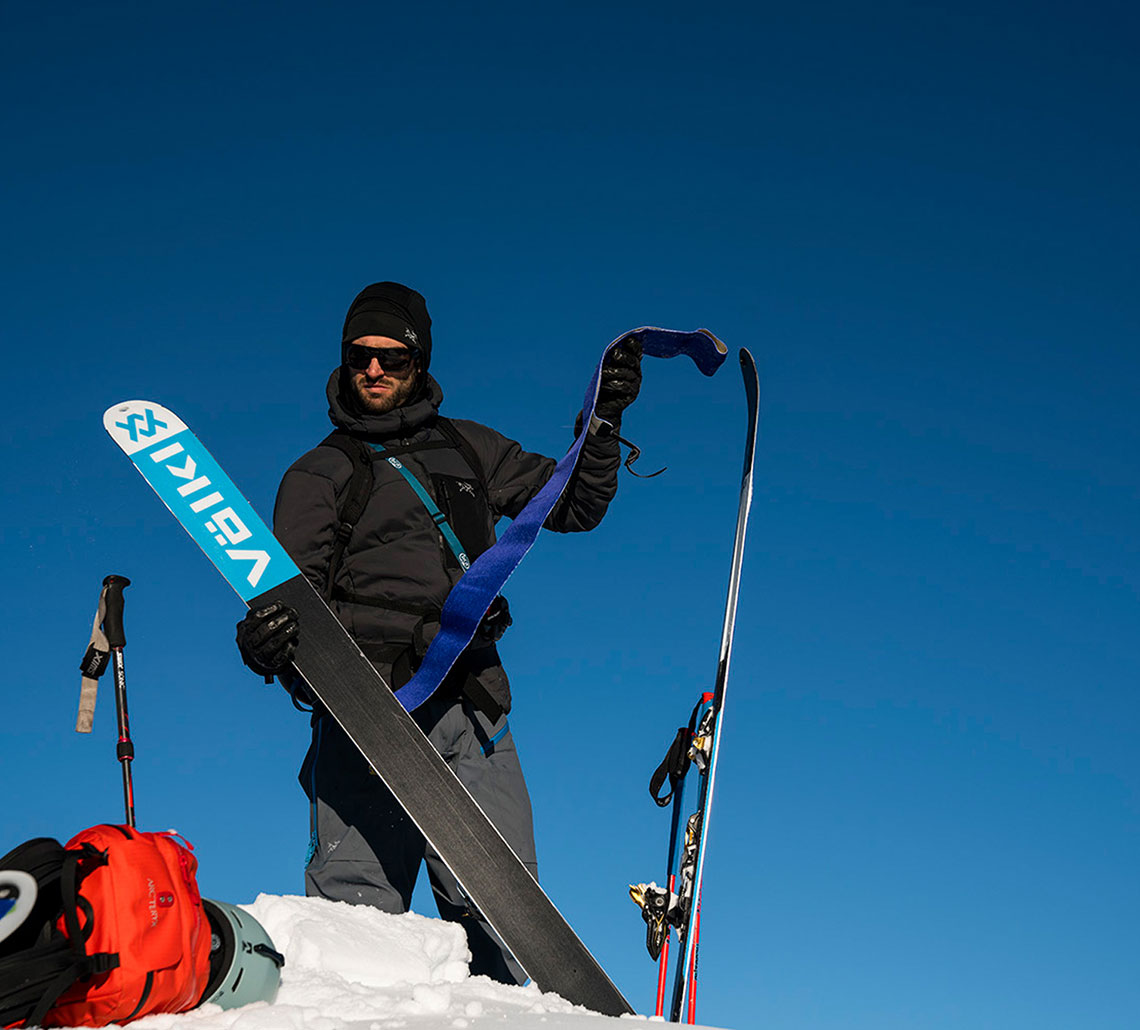Climbing skins
.
- - 20 %
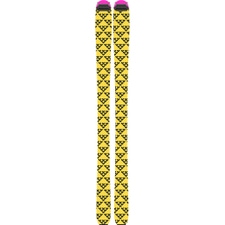 Black CrowsPilus Orb Freebird Climbing Skins Yellow-blackMSRP 209,95 €167,95 €Available Sizes:155
Black CrowsPilus Orb Freebird Climbing Skins Yellow-blackMSRP 209,95 €167,95 €Available Sizes:155 - - 20 %
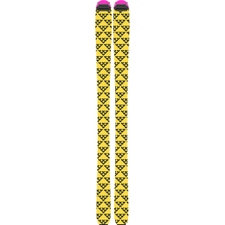 Black CrowsPilus Navis Freebird Climbing Skins Yellow-blackMSRP 229,95 €183,95 €Available Sizes:167173
Black CrowsPilus Navis Freebird Climbing Skins Yellow-blackMSRP 229,95 €183,95 €Available Sizes:167173 - - 22 %
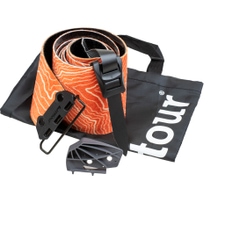 Contour135 mm Mohair Climbing Skins OrangeMSRP 204,95 €159,95 €Available Sizes:SM
Contour135 mm Mohair Climbing Skins OrangeMSRP 204,95 €159,95 €Available Sizes:SM - - 20 %
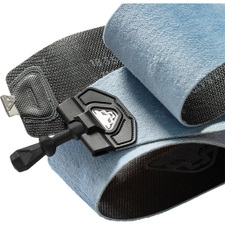 DynafitSpeedskin Blacklight 88 Climbing Skins UnicoMSRP 219,95 €175,95 €Available Sizes:165184
DynafitSpeedskin Blacklight 88 Climbing Skins UnicoMSRP 219,95 €175,95 €Available Sizes:165184
- - 20 %
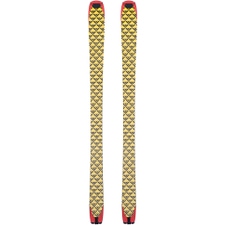 Black CrowsPilus Camox Freebird Climbing Skins Yellow-blackMSRP 229,95 €183,95 €Available Sizes:188
Black CrowsPilus Camox Freebird Climbing Skins Yellow-blackMSRP 229,95 €183,95 €Available Sizes:188 - - 20 %
 Black Crowspilus ova freebird Climbing Skins Yellow-blackMSRP 229,95 €183,95 €Available Sizes:163170176182
Black Crowspilus ova freebird Climbing Skins Yellow-blackMSRP 229,95 €183,95 €Available Sizes:163170176182 - - 26 %
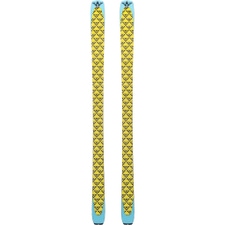 Black Crowspilus mentis freebird Climbing Skins Yellow-blackMSRP 229,95 €169,95 €Available Sizes:157164171
Black Crowspilus mentis freebird Climbing Skins Yellow-blackMSRP 229,95 €169,95 €Available Sizes:157164171 - - 20 %
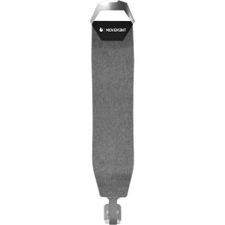 MovementSession / Alp Tracks 90 Climbing Skins 100% Mohair/hotmeltMSRP 229,95 €183,95 €Available Sizes:154178186
MovementSession / Alp Tracks 90 Climbing Skins 100% Mohair/hotmeltMSRP 229,95 €183,95 €Available Sizes:154178186 - - 20 %
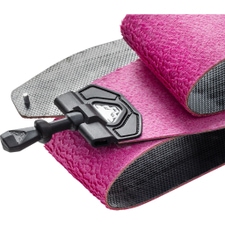 DynafitPin Skin Race Blacklight Pro Climbing Skins UnicoMSRP 209,95 €167,95 €Available Sizes:158165178
DynafitPin Skin Race Blacklight Pro Climbing Skins UnicoMSRP 209,95 €167,95 €Available Sizes:158165178 - - 23 %
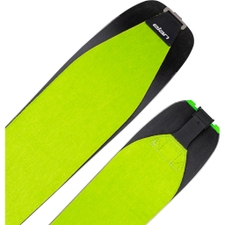 ElanRipstick Tour 94 Climbing Skins GrünMSRP 219,95 €169,95 €Available Sizes:157164185
ElanRipstick Tour 94 Climbing Skins GrünMSRP 219,95 €169,95 €Available Sizes:157164185 - - 20 %
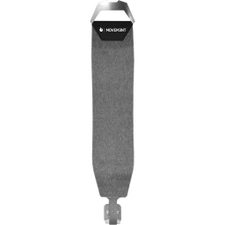 MovementSession / Alp Tracks 95 Climbing Skins 100% Mohair/hotmeltMSRP 229,95 €183,95 €Available Sizes:154162186
MovementSession / Alp Tracks 95 Climbing Skins 100% Mohair/hotmeltMSRP 229,95 €183,95 €Available Sizes:154162186 - - 23 %
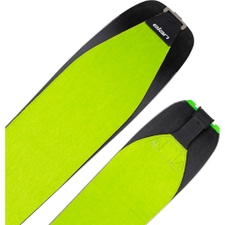 ElanRipstick Tour 88 Climbing Skins GrünMSRP 219,95 €169,95 €Available Sizes:156163170177184
ElanRipstick Tour 88 Climbing Skins GrünMSRP 219,95 €169,95 €Available Sizes:156163170177184 - - 20 %
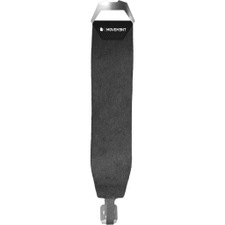 MovementGo/Alp Tracks 98 Mix Hotmelt Climbing Skins Mix/hotmeltMSRP 219,95 €175,95 €Available Sizes:186
MovementGo/Alp Tracks 98 Mix Hotmelt Climbing Skins Mix/hotmeltMSRP 219,95 €175,95 €Available Sizes:186 - - 20 %
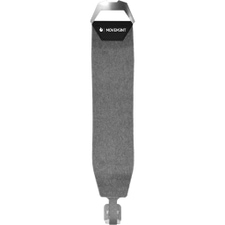 MovementSession / Alp Tracks 85 Climbing Skins 100% Mohair/hotmeltMSRP 229,95 €183,95 €Available Sizes:162170178
MovementSession / Alp Tracks 85 Climbing Skins 100% Mohair/hotmeltMSRP 229,95 €183,95 €Available Sizes:162170178 - - 20 %
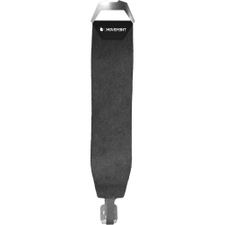 MovementGo / Alp Tracks 106 Climbing Skins Mix/hotmeltMSRP 219,95 €175,95 €Available Sizes:170178
MovementGo / Alp Tracks 106 Climbing Skins Mix/hotmeltMSRP 219,95 €175,95 €Available Sizes:170178 - - 20 %
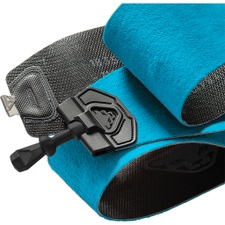 DynafitSpeedskin Radial 97 Climbing SkinsMSRP 219,95 €175,95 €Available Sizes:163170177
DynafitSpeedskin Radial 97 Climbing SkinsMSRP 219,95 €175,95 €Available Sizes:163170177
- - 24 %
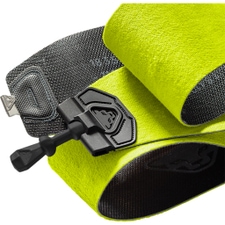 DynafitSpeedskin Blacklight 80 Climbing Skins Fluo YellowMSRP 209,95 €159,95 €Available Sizes:158178
DynafitSpeedskin Blacklight 80 Climbing Skins Fluo YellowMSRP 209,95 €159,95 €Available Sizes:158178
- - 20 %
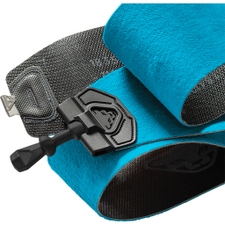 DynafitSpeeedskin Radical 107 Climbing SkinsMSRP 229,95 €183,95 €Available Sizes:173181188
DynafitSpeeedskin Radical 107 Climbing SkinsMSRP 229,95 €183,95 €Available Sizes:173181188
- - 20 %
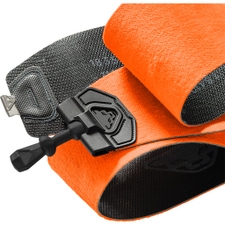 DynafitSpeedskin Tigard 114 Climbing SkinsMSRP 239,95 €191,95 €Available Sizes:180188
DynafitSpeedskin Tigard 114 Climbing SkinsMSRP 239,95 €191,95 €Available Sizes:180188
- new
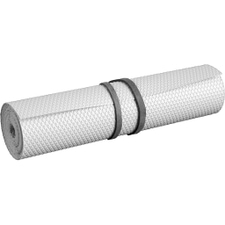 KohlaProtective Foil Skin Accessories Transparent5,90 €One size
KohlaProtective Foil Skin Accessories Transparent5,90 €One size
- - 25 %new
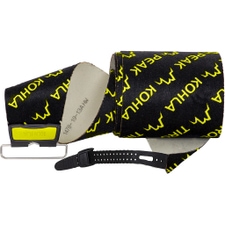 KohlaPeak Mix Multifit 135 mm - Hotmelt Glue Climbing SkinsMSRP 159,90 €119,95 €Available Sizes:149156163170177
KohlaPeak Mix Multifit 135 mm - Hotmelt Glue Climbing SkinsMSRP 159,90 €119,95 €Available Sizes:149156163170177
- - 20 %
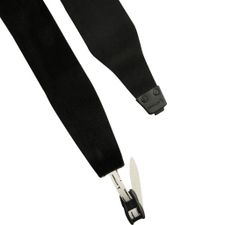 AtomicBackland 85 Climbing SkinsMSRP 159,95 €127,95 €Available Sizes:151158165172179
AtomicBackland 85 Climbing SkinsMSRP 159,95 €127,95 €Available Sizes:151158165172179
- - 23 %
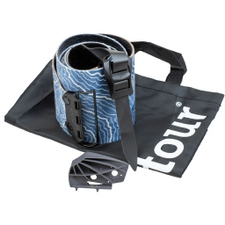 ContourHybrid Mix 135 mm Climbing Skins BlueMSRP 194,95 €149,95 €Available Sizes:SM
ContourHybrid Mix 135 mm Climbing Skins BlueMSRP 194,95 €149,95 €Available Sizes:SM - - 20 %
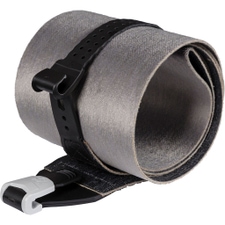 VölklRise Above & Rise High 88 Climbing SkinsMSRP 159,95 €127,95 €Available Sizes:149156163170177
VölklRise Above & Rise High 88 Climbing SkinsMSRP 159,95 €127,95 €Available Sizes:149156163170177 - - 32 %
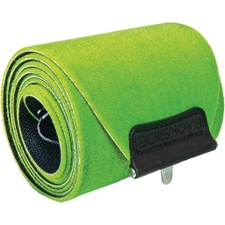 K2Wayback 88 Climbing SkinsMSRP 189,95 €129,95 €Available Sizes:160174181
K2Wayback 88 Climbing SkinsMSRP 189,95 €129,95 €Available Sizes:160174181 - - 25 %
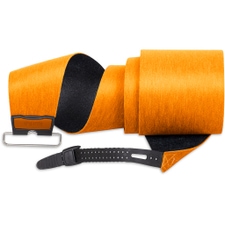 KohlaAlpinist Mohair 130 mm Elastic K-Clip Climbing Skins OrangeMSRP 199,90 €149,95 €Available Sizes:149156163184191
KohlaAlpinist Mohair 130 mm Elastic K-Clip Climbing Skins OrangeMSRP 199,90 €149,95 €Available Sizes:149156163184191
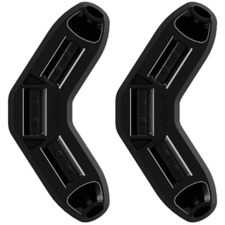 KohlaButterfly Skin Accessories Black9,90 €One size
KohlaButterfly Skin Accessories Black9,90 €One size
- - 19 %
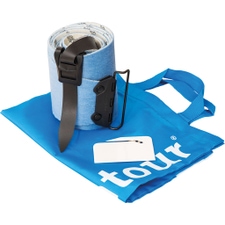 ContourGuide Mix 135 Climbing Skins BlueMSRP 159,95 €129,95 €Available Sizes:ML2XL
ContourGuide Mix 135 Climbing Skins BlueMSRP 159,95 €129,95 €Available Sizes:ML2XL 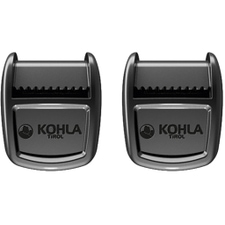 KohlaK-Clip Skin Accessories Black6,90 €One size
KohlaK-Clip Skin Accessories Black6,90 €One size
- new
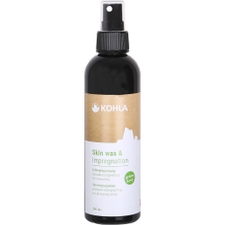 KohlaGreen Line Skin Impregnation Skin Accessories19,90 €Basic price: 99.5 € / LiterOne size
KohlaGreen Line Skin Impregnation Skin Accessories19,90 €Basic price: 99.5 € / LiterOne size
- new
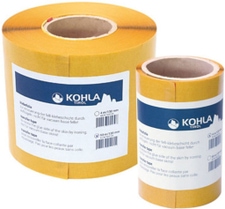 KohlaHotmelt Adhesive Foil 130 mm Skin Accessories29,90 €Basic price: 7.48 € / MeterOne size
KohlaHotmelt Adhesive Foil 130 mm Skin Accessories29,90 €Basic price: 7.48 € / MeterOne size
 ColltexGlue Skin Accessories17,90 €Basic price: 238.67 € / LiterOne size
ColltexGlue Skin Accessories17,90 €Basic price: 238.67 € / LiterOne size
- - 30 %
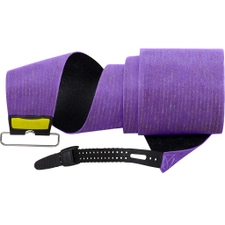 KohlaFreeride Air Mix Multifit 120 mm - Smart Glue Climbing Skins Violet KidsMSRP 99,90 €69,95 €Available Sizes:125135145155
KohlaFreeride Air Mix Multifit 120 mm - Smart Glue Climbing Skins Violet KidsMSRP 99,90 €69,95 €Available Sizes:125135145155
- - 33 %
 KohlaPeak Mix Multifit 120 mm - Hotmelt Glue Climbing SkinsMSRP 149,90 €99,95 €Available Sizes:142156
KohlaPeak Mix Multifit 120 mm - Hotmelt Glue Climbing SkinsMSRP 149,90 €99,95 €Available Sizes:142156
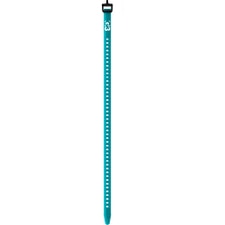 G3Tension 400 mm Skin Accessories Teal7,95 €One size
G3Tension 400 mm Skin Accessories Teal7,95 €One size- new
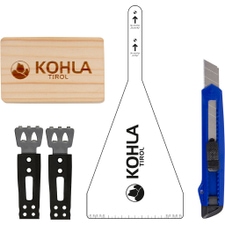 KohlaElastic Strap Set Skin Accessories Black9,90 €One size
KohlaElastic Strap Set Skin Accessories Black9,90 €One size
 Black DiamondCheat Sheets Skin Accessories No Color19,95 €One size
Black DiamondCheat Sheets Skin Accessories No Color19,95 €One size- new
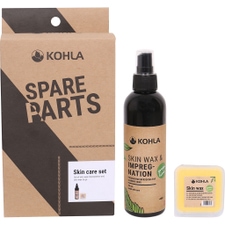 KohlaGreen Line "Skin Wax to Go" + Impregnation Skin Accessories29,90 €One size
KohlaGreen Line "Skin Wax to Go" + Impregnation Skin Accessories29,90 €One size
- - 32 %
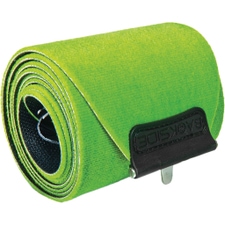 K2Wayback 96 Climbing SkinsMSRP 189,95 €129,95 €Available Sizes:163177184
K2Wayback 96 Climbing SkinsMSRP 189,95 €129,95 €Available Sizes:163177184 - - 35 %
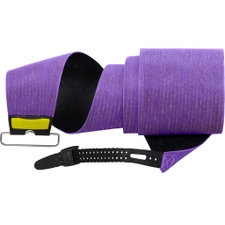 KohlaFreeride Air Mix Multifit 135 mm - Smart Glue Climbing SkinsMSRP 199,90 €129,95 €Available Sizes:149156163191
KohlaFreeride Air Mix Multifit 135 mm - Smart Glue Climbing SkinsMSRP 199,90 €129,95 €Available Sizes:149156163191
- - 20 %
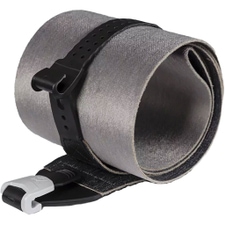 VölklRise Beyond 96 Smart Skinclip Climbing SkinsMSRP 169,95 €135,95 €Available Sizes:156163170177
VölklRise Beyond 96 Smart Skinclip Climbing SkinsMSRP 169,95 €135,95 €Available Sizes:156163170177
- - 22 %
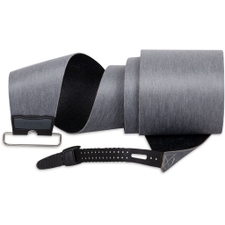 KohlaVertical Mix Multifit 120 mm - Smart Glue Climbing Skins GrayMSRP 179,90 €139,95 €Available Sizes:142149156163170
KohlaVertical Mix Multifit 120 mm - Smart Glue Climbing Skins GrayMSRP 179,90 €139,95 €Available Sizes:142149156163170
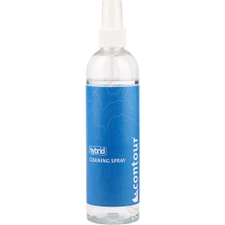 ContourHybrid Cleaning Spray Skin Accessories19,95 €Basic price: 66.5 € / LiterOne size
ContourHybrid Cleaning Spray Skin Accessories19,95 €Basic price: 66.5 € / LiterOne size- - 24 %
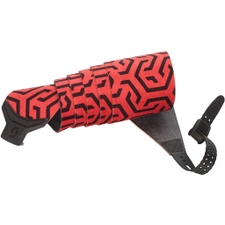 ScottSuperguide 88 Climbing Skins 144MSRP 169,95 €129,95 €Available Sizes:144162168173184
ScottSuperguide 88 Climbing Skins 144MSRP 169,95 €129,95 €Available Sizes:144162168173184 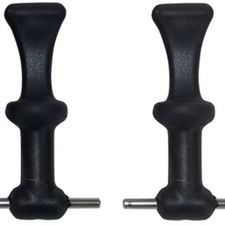 KohlaI-Fix Spanner Skin Accessories Black9,90 €One size
KohlaI-Fix Spanner Skin Accessories Black9,90 €One size
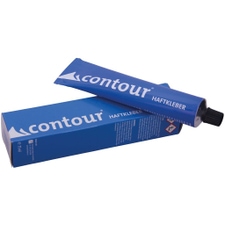 ContourGlue Skin Accessories15,95 €Basic price: 212.67 € / LiterOne size
ContourGlue Skin Accessories15,95 €Basic price: 212.67 € / LiterOne size- - 26 %
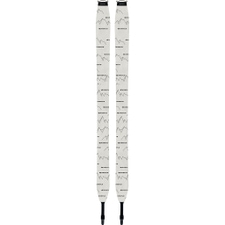 KästleTX93 Pro Climbing SkinsMSRP 188,95 €139,95 €Available Sizes:170
KästleTX93 Pro Climbing SkinsMSRP 188,95 €139,95 €Available Sizes:170
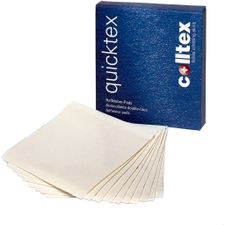 ColltexQuicktex Haftpads Skin Accessories Blau15,90 €One size
ColltexQuicktex Haftpads Skin Accessories Blau15,90 €One size
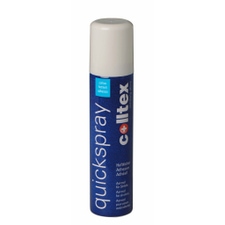 ColltexQuick Spray Skin Accessories Blau16,90 €Basic price: 225.33 € / LiterOne size
ColltexQuick Spray Skin Accessories Blau16,90 €Basic price: 225.33 € / LiterOne size
- - 22 %
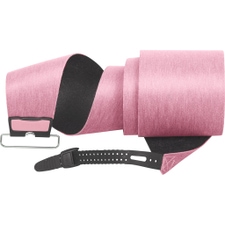 KohlaVertical Mix Multifit 120 mm - Smart Glue Climbing Skins Pink WomenMSRP 179,90 €139,95 €Available Sizes:142149156163170
KohlaVertical Mix Multifit 120 mm - Smart Glue Climbing Skins Pink WomenMSRP 179,90 €139,95 €Available Sizes:142149156163170
- - 24 %
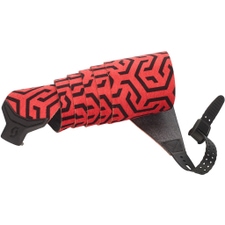 ScottSuperguide 95 Climbing Skins 162MSRP 169,95 €129,95 €Available Sizes:162170
ScottSuperguide 95 Climbing Skins 162MSRP 169,95 €129,95 €Available Sizes:162170 - - 26 %
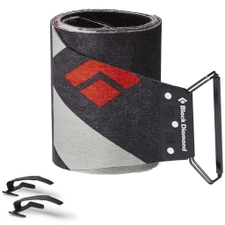 Black DiamondGlidelite Mix FL 135 mm Climbing SkinsMSRP 189,95 €139,95 €Available Sizes:S
Black DiamondGlidelite Mix FL 135 mm Climbing SkinsMSRP 189,95 €139,95 €Available Sizes:S 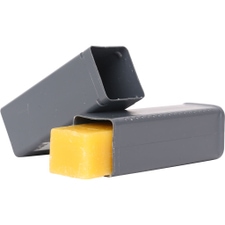 KohlaGreen Line Skin Wax "To Go" Skin Accessories12,95 €Basic price: 370 € / KilogrammOne size
KohlaGreen Line Skin Wax "To Go" Skin Accessories12,95 €Basic price: 370 € / KilogrammOne size
- - 20 %
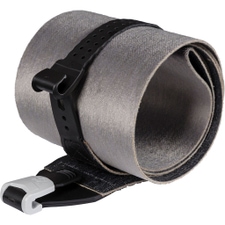 VölklRise High/Rise Above 88 Climbing SkinsMSRP 159,95 €127,95 €Available Sizes:160180
VölklRise High/Rise Above 88 Climbing SkinsMSRP 159,95 €127,95 €Available Sizes:160180 - - 29 %
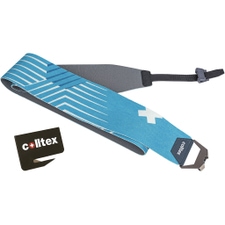 ColltexTödi Crystal 130 mm Climbing SkinsMSRP 209,90 €149,95 €Available Sizes:160
ColltexTödi Crystal 130 mm Climbing SkinsMSRP 209,90 €149,95 €Available Sizes:160
- - 26 %
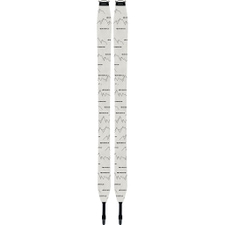 KästleTX87 Pro Hotmelt Climbing SkinsMSRP 188,95 €139,95 €Available Sizes:150158166174182
KästleTX87 Pro Hotmelt Climbing SkinsMSRP 188,95 €139,95 €Available Sizes:150158166174182
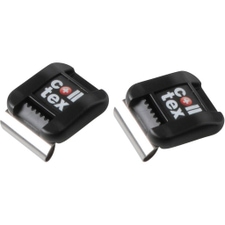 ColltexEndhaken Camlock+ Skin Accessories12,90 €One size
ColltexEndhaken Camlock+ Skin Accessories12,90 €One size
- - 29 %
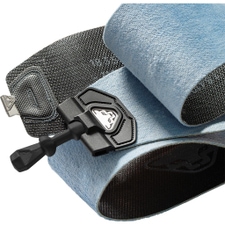 DynafitSpeedskin Blacklight 80 Climbing SkinsMSRP 209,95 €149,95 €Available Sizes:151
DynafitSpeedskin Blacklight 80 Climbing SkinsMSRP 209,95 €149,95 €Available Sizes:151
- - 47 %
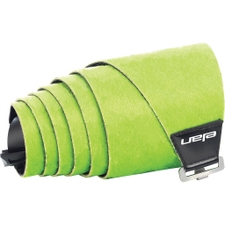 ElanRipstick Tour 88 Climbing SkinsMSRP 189,95 €99,95 €Available Sizes:156163170184
ElanRipstick Tour 88 Climbing SkinsMSRP 189,95 €99,95 €Available Sizes:156163170184 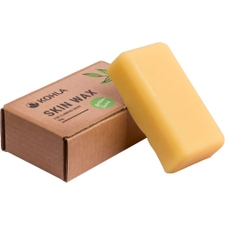 KohlaGreen Line Skin Wax Skin Accessories22,90 €Basic price: 458 € / KilogrammOne size
KohlaGreen Line Skin Wax Skin Accessories22,90 €Basic price: 458 € / KilogrammOne size
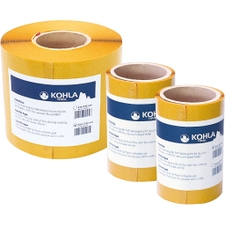 KohlaTransfertape Smart Glue Skin Accessories29,90 €Basic price: 7.48 € / MeterOne size
KohlaTransfertape Smart Glue Skin Accessories29,90 €Basic price: 7.48 € / MeterOne size
- - 28 %
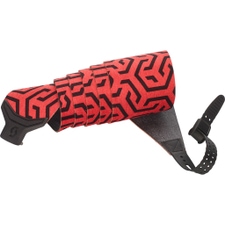 ScottSuperguide Free Tour Climbing Skins 178MSRP 179,95 €129,95 €Available Sizes:185
ScottSuperguide Free Tour Climbing Skins 178MSRP 179,95 €129,95 €Available Sizes:185  DynafitUniversal Skin Bag Skin Accessories Uni9,95 €One size
DynafitUniversal Skin Bag Skin Accessories Uni9,95 €One size- - 20 %
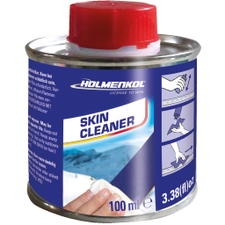 HolmenkolSkin Cleaner 100 ml Skin AccessoriesMSRP 19,95 €15,95 €Basic price: 159.5 € / LiterOne size
HolmenkolSkin Cleaner 100 ml Skin AccessoriesMSRP 19,95 €15,95 €Basic price: 159.5 € / LiterOne size - - 47 %
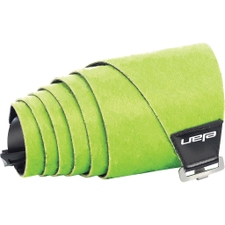 ElanRipstick Tour 94 Climbing SkinsMSRP 189,95 €99,95 €Available Sizes:157164171185
ElanRipstick Tour 94 Climbing SkinsMSRP 189,95 €99,95 €Available Sizes:157164171185 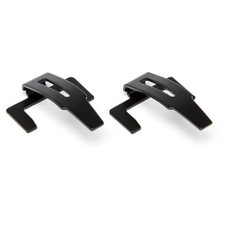 Black DiamondSkin Tail Clips Skin Accessories14,95 €One size
Black DiamondSkin Tail Clips Skin Accessories14,95 €One size- - 50 %
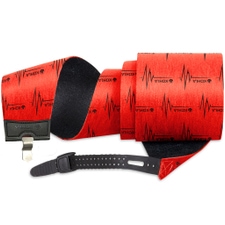 KohlaAlproute / Wayback / Talkback 88 Smartglue Climbing SkinsMSRP 159,90 €79,95 €Available Sizes:148163
KohlaAlproute / Wayback / Talkback 88 Smartglue Climbing SkinsMSRP 159,90 €79,95 €Available Sizes:148163
- new
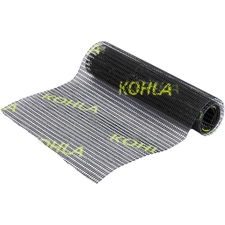 KohlaTrennnetz 150 x 1900 mm Skin Accessories Sulphur/black14,95 €One size
KohlaTrennnetz 150 x 1900 mm Skin Accessories Sulphur/black14,95 €One size 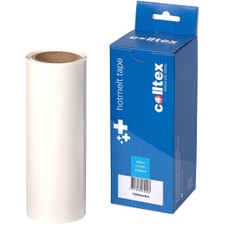 ColltexHotmelt Transfertape Skin Accessories24,90 €Available Sizes:150
ColltexHotmelt Transfertape Skin Accessories24,90 €Available Sizes:150- - 45 %
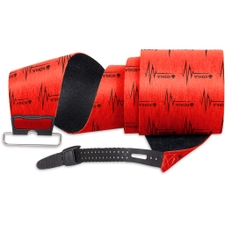 KohlaEnforcer 80S Smartglue Climbing SkinsMSRP 109,90 €59,95 €Available Sizes:120130140
KohlaEnforcer 80S Smartglue Climbing SkinsMSRP 109,90 €59,95 €Available Sizes:120130140
- - 24 %
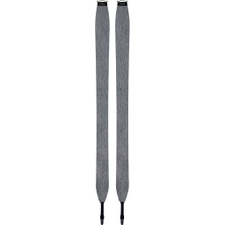 KästleTX93 Basic Climbing SkinsMSRP 169,95 €129,95 €Available Sizes:154162170178186
KästleTX93 Basic Climbing SkinsMSRP 169,95 €129,95 €Available Sizes:154162170178186
- - 47 %
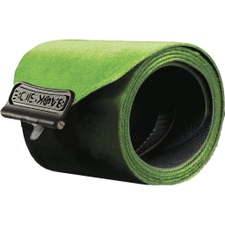 K2Wayback 92 Climbing SkinsMSRP 189,95 €99,95 €Available Sizes:160174181
K2Wayback 92 Climbing SkinsMSRP 189,95 €99,95 €Available Sizes:160174181



As we all know, skis are very smooth on their base, making it kind of tough going uphill with them. That is why there are ski touring skins. Thanks to these, the ski sticks to the snow when walking uphill: In one direction, the skin will go smoothly across the snow, in the other, it will stick to the ground, making a climb up a mountain possible. Once you have reached the top, you take the skins off and ski back down. Touring skins differ in their used material, in how they are fixed onto the ski and whether they are already trimmed to fit your ski or need to be cut.
Underneath the touring skins: Mohair vs. Nylon
The climbing side, meaning the side of the skin that is turned towards the snow is either made of mohair or synthetic materials. For both, the fibers are all weaved to be facing the same direction. Also there are mix materials, that consist of both mohair and synthetic materials. Mohair is made from the hair of the angora goat, which is known for being very robust but also lightweight and keeping its great characteristics even in coldest temperatures. But mohair is also more expensive. Synthetic climbing skins are mostly made of nylon.
The pros and cons of mohair: Mohair has great gliding and breaking characteristics. Furthermore, it is very resistant to water and stays dry, flexible and soft even at icy temperatures. But, being a natural product, it is not as durable as nylon and more expensive.
The pros and cons of nylon skins: These skins are a bit more durable, at the same time cheaper. Also, they have great grip in really low temperatures. However, their glide is a bit weaker, when temperatures are very low, they tend to get stiff. Also, the snow clusters and sticks to these skins more easily due to taking in more moisture. But these skins are constantly improving.
Mixed material: These hybrid skins combine the best of both worlds. Usually, they consist of about 70% mohair and 30% nylon, making them durable, water-repellant and ensuring less snow sticking to the skins. As of this, these skins are becoming more and more popular!
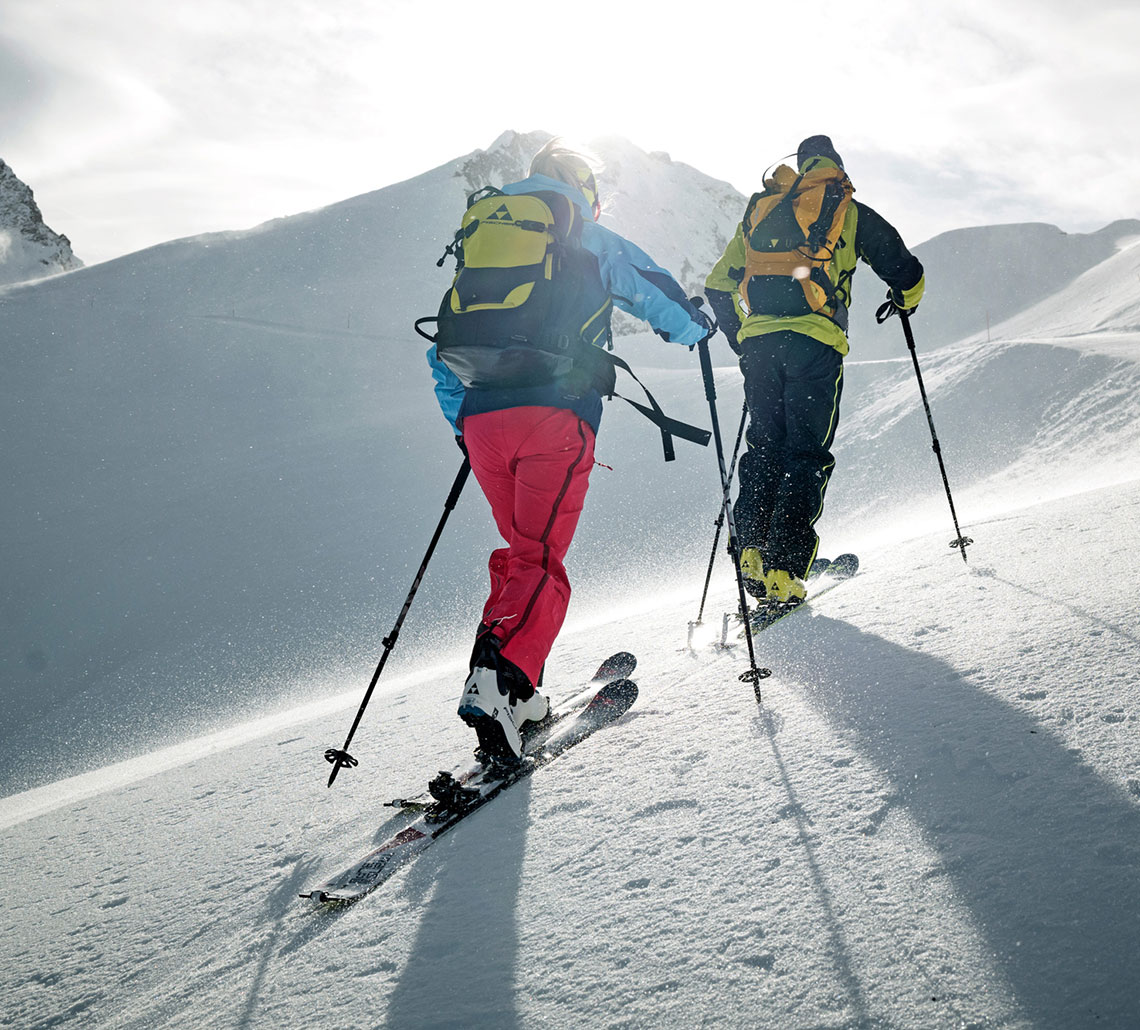
The base: touring skins stick to the ski either with or without glue
To be able to use gliding and braking abilities when doing a ski tour, the skins need to sit tightly on your ski.
Glue skins: Lots of skins use a special type of glue to make themselves stick to the ski. This glue is fixed on the skin so that when being pulled off, there are no residuals on the ski. To keep the skins from sticking to themselves when being packed away, there are protective foils or nets to put them on when storing.
Glueless touring skins: It works without glue as well. Vacuum skins use a special coating, which adheres to the ski base. The great advantage: protective foils are no longer needed and it sticks great in extreme colds as well. At the same time, these skins can not stick together. This usually happens very easily with glue skins when up on the top where it is really windy. However, the vacuum skins do not stay on the base as well as glue ones do.
Trimmed to fit or cutting your touring skins yourself?
Most touring ski manufacturers produce skins in cooperation with skin producers to make them fit their specific touring skis. These fit perfectly, both in length, width and sidecut, but also in how they are fixed to the ski. But this is not always the case. And some people simply want a different skin, be it because they want different materials or a different base. Because of this, there are skins available that you have to cut yourself. In doing so, there are a bunch of important aspects to consider which is why we advise you to have one of our experts at Sport Conrad do it for you. Still, you can find lots of good advice on how to cut your skins in our blog! Also, before going skiing into the backcountry, make sure you have all needed safety gear: avalanche transceiver, shovel, avalanche probe and airbag backpack!
Read more regarding ski touring skins
- Ski touring Guide: Find the best equipment for your next ski tour
